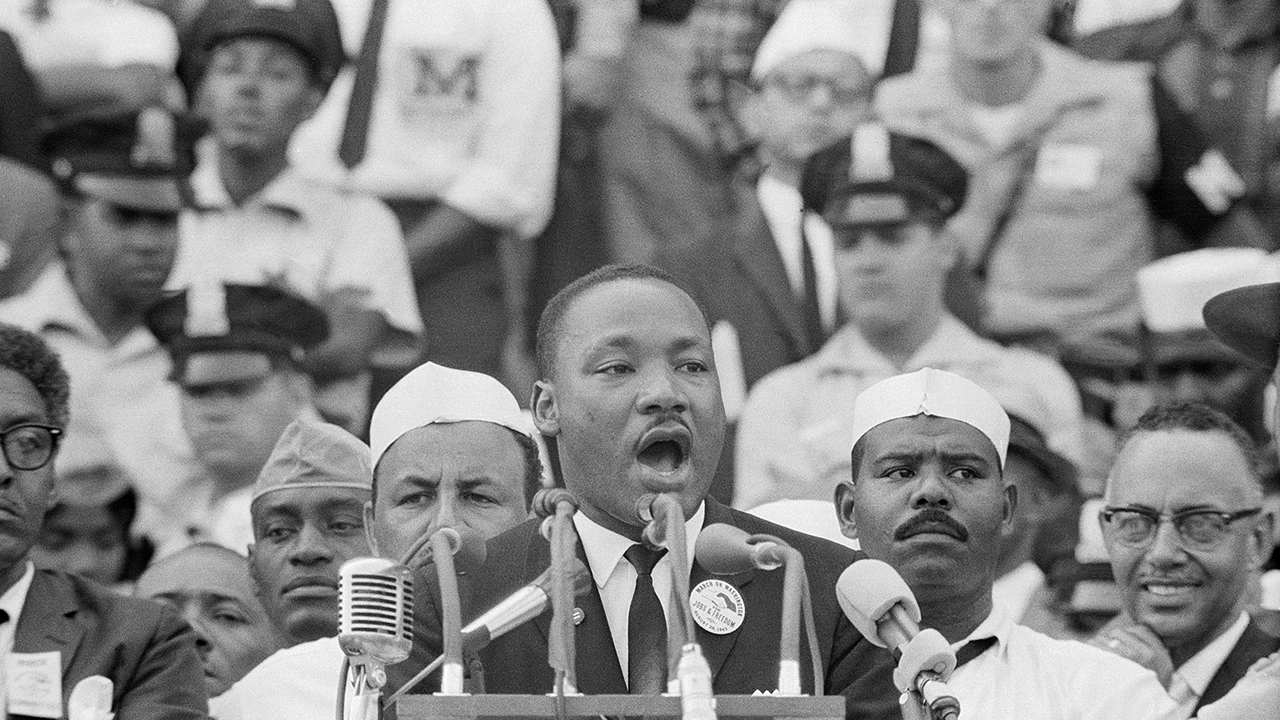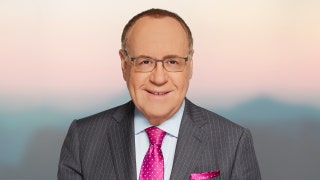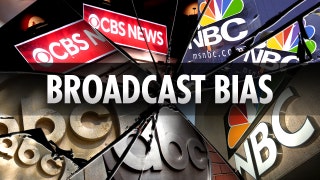The horrible tragedy last night that left nine people dead at the Emanuel African Methodist Episcopal Church in Charleston, S.C., probably could have been avoided. Like so many other attacks, the massacre took place in a gun-free zone, a place where the general public was banned from having guns. The gun-free zone obviously didn’t stop the killer from bringing a gun into the church.
Indeed, the circumstantial evidence is strong that these killers don’t attack randomly; they keep picking the few gun-free zones to do virtually all their attacks.
For some reason, people who would never put up a “gun-free zone” sign in front of their own homes, put up such signs for other sensitive areas that we would like to protect.
Time after time, we see that these killers tell us they pick soft targets. With just two exceptions, from at least 1950, all the mass public shootings have occurred in these gun-free zones. From last summer’s mass public killers in Santa Barbara and Canada, to the Aurora movie theater shooter, these killers made it abundantly clear in their diaries or on Facebook how they avoided targets where people with guns could stop them.
And even when concealed handgun permit holders don’t deter the killers, the permit holders stop them. Just a couple of weeks ago, a mass public shooting at a liquor store in Conyers, Ga., was stopped by a concealed handgun permit holder. A couple of people had already been killed by the time the permit holder arrived, but according to Rockdale County Sheriff Eric Levett:
"I believe that if Mr. Scott did not return fire at the suspect, then more of those customers would have [been] hit by a gun. It didn’t appear that he cared who he shot or where he was shooting until someone was shooting back at him. So, in my opinion, he saved other lives in that store."
Yet, even though there was a video of this heroic action, the story got no national news coverage. Case after case occurs where concealed handgun permit holders stop what would have been mass shootings. While many don’t get news coverage because the permit holder prevents people from being killed, some, such as the recent Georgia case, still don’t get coverage even when there are dead bodies.
These heroes just don’t stop attacks in small towns in Georgia. In the last year, multiple mass public shootings in both Chicago and Philadelphia (the third and fourth largest cities in the U.S.) have been stopped.
But just as frustrating as the lack of coverage these heroes receive is the news blackout on reporting mass public shootings when killers pick places where victims are not allowed to defend themselves. While the news will go into details about how the killer got his guns or the types of weapons used (and often the initial news reports are wrong), the simplest fact would be whether the attack occurred in a gun-free zone. The gun-free zone signs are often right in front of the buildings and are seemingly impossible to miss.
The gun control debate would probably be dramatically different if even some of the news stories would occasionally mention that another attack has occurred in a gun-free zone. I have been able to find just one Associated Press story that mentions an attack occurred in a gun-free zone -- a recent attack at a mall this year in Pittsburgh.
Over the years, news editors have told me that it would be injecting politics into the coverage to mention gun-free zones. But why would that be any more political than the rest of their coverage?
Churches, like the one in Charleston, preach peace, but the killer there probably chose that target because he knew the victims were defenseless.








































